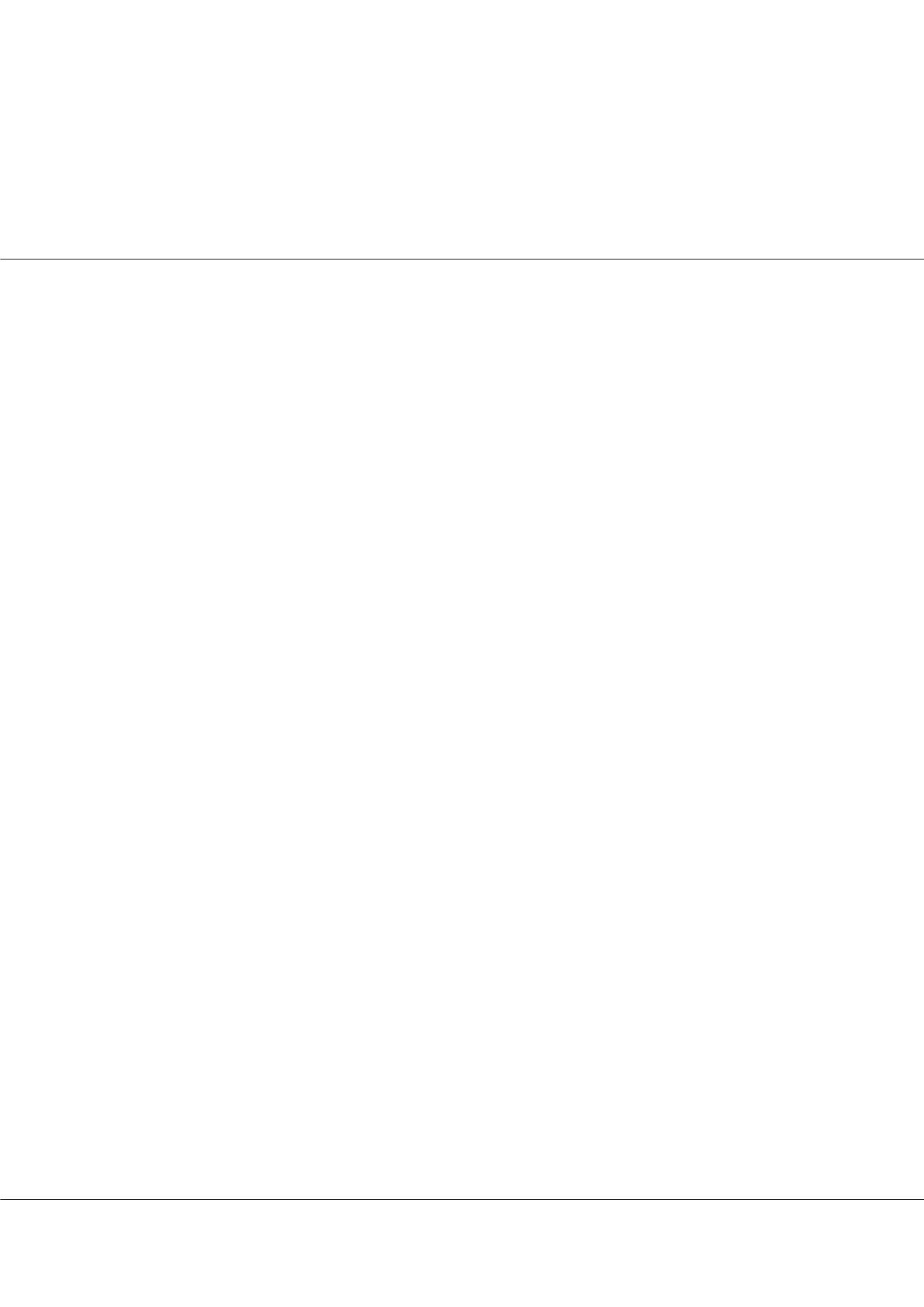

Page 38
Notes:
conferenceseries
.com
Volume 7, Issue 5 (Suppl)
J Psychol Psychother, an open access journal
ISSN: 2161-0487
Psychosomatic Medicine & Forensic Congress 2017
October 12-14, 2017
JOINT EVENT
24
th
International Conference on
PSYCHIATRY & PSYCHOSOMATIC MEDICINE
2
nd
International Congress on
FORENSIC SCIENCE AND PSYCHOLOGY
&
October 12-14, 2017 London, UK
Risk and protective factors for child abuse and neglect among a representative sample of high school
students in a district in Istanbul, Turkey
Sinem Yildiz Inanici, M Akif Inanici, Anıl Cifter, Sinem Kucukozer, Berk Buke, Sirac Gundogdu, Beyza Dogan
and
Feyza Ustuner
Marmara University, Turkey
Statement of the Problem
: So many risk and protective factors are related to child abuse victimization. Understanding these multi-
level determinants is important to tailor appropriate prevention strategies.
Methodology & Theoretical Orientation
: 661 high school students with the mean age of 15.69 (SD=0.96) participated in the study
voluntarily. Participants were chosen by cluster sampling method. Researchers prepared a questionnaire to detect risk and protective
factors for childhood abuse with the help of relevant literature. Rathus Assertiveness Inventory was used to evaluate assertiveness.
Marmara University Ethical Committee approved the study. SPSS 14.0 was used to execute analysis.
Findings
: 53.4% (n=353) of the participants were females. More than half of the participants’ perceived SES was medium and less.
234 students (35.5%) did not have personal room at home. Approximately one fourth of the participants said that their families
did not have enough social support. 73% (n=484) were going to school by public transport or on foot and nobody accomplished to
39.5% (n=261) of them. Level of feeling secure in their neighborhood was moderate and less for 40.8% (n=269) of the students and
367 participants (55.9%) indicated that they did not have secure sport/game arena in their environment. 333 (49.9%) had difficulties
to obey school rules and 214 students (32.4%) were truants. Most of the students (80.2%, n=529) used unhealthy substances a few
times. Approximately one third of the students had violent close friends. They predicted that three or more children in their close
environment were the victim of emotional violence (43%, n=284) and physical violence (20.4%, n=135).
Conclusion & Significance
: Vulnerable adolescents and families must be supported psycho-socio-economically. Security measures
may be discussed in adolescent groups at schools. School rules may be discussed, revised, and rationalized in small discussion groups
in schools. University students may be involved in prevention programs in high schools.
Biography
Sinem Yildiz Inanici is presently working as a Assistant Professor at Marmara University in Turkey.
yildiz.sinem@gmail.comSinem Yildiz Inanici et al., J Psychol Psychother 2017, 7:5(Suppl)
DOI: 10.4172/2161-0487-C1-017
















